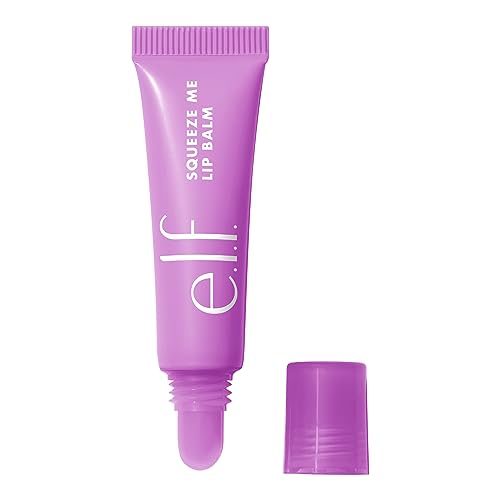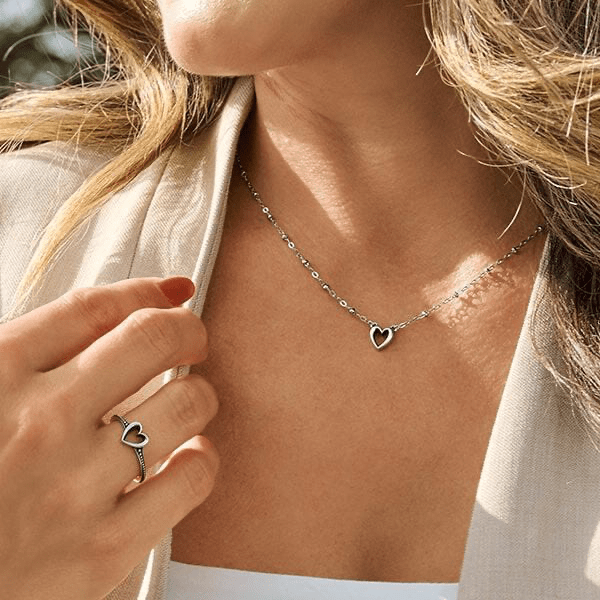Gift-giving is a universal language that transcends words, cultures, and boundaries. It's a powerful gesture that conveys emotions, shows appreciation, and strengthens relationships. In the context of romantic relationships, gift-giving can be a vital component of building and maintaining a healthy, happy, and fulfilling partnership.
The Science Behind Gift-Giving
Studies have shown that gift-giving can stimulate the release of oxytocin, often referred to as the "love hormone," which promotes feelings of attachment and bonding (Kosfeld et al., 2013). This neurotransmitter plays a crucial role in social bonding, trust, and relaxation, all of which are essential components of a healthy relationship.
The Psychology of Gift-Giving
Gift-giving is a complex behavior that involves various psychological factors, including:
1. Reciprocity: When we receive a gift, we feel an inherent need to reciprocate with a gift of our own, creating a positive cycle of kindness.
2. Social Exchange Theory: Gift-giving is a form of social exchange, where we exchange tangible or intangible goods to strengthen relationships and build trust.
3. Emotional Expression: Gifts can convey emotions and feelings in a way that words often cannot, providing a unique means of expression and connection.
The Benefits of Gift-Giving in Relationships
1. Shows Appreciation: Gifts demonstrate that you value and appreciate your partner's presence in your life.
2. Boosts Emotional Intimacy: Gift-giving can foster a sense of emotional closeness and connection.
3. Encourages Reciprocity: When we receive a gift, we're more likely to want to reciprocate with a gift of our own, creating a positive cycle of kindness.
4. Creates Positive Associations: Gifts can evoke feelings of happiness and joy, associating the relationship with positive emotions.
5. Fosters Gratitude: Gift-giving promotes feelings of gratitude, which can strengthen relationships and increase overall well-being.
Types of Gifts
1. Material Gifts: Tangible items, such as jewelry, flowers, or clothing, that show appreciation and thoughtfulness.
2. Experiential Gifts: Shared experiences, such as vacations, concerts, or cooking classes, that create lasting memories.
3. Intangible Gifts: Gifts of time, support, and emotional labor that demonstrate commitment and care.
The Art of Gift-Giving
1. Personalization: Tailor gifts to your partner's interests, hobbies, and preferences.
2. Thoughtfulness: Show that you've been paying attention to your partner's needs and desires.
3. Creativity: Think outside the box and come up with unique and innovative gift ideas.
4. Frequency: Regular small gestures can be just as meaningful as grand, infrequent gifts.
Conclusion
Gift-giving is a powerful tool in nurturing a happy and healthy relationship. By showing appreciation, boosting emotional intimacy, encouraging reciprocity, creating positive associations, and fostering gratitude, gifts can strengthen relationships and promote overall well-being. Whether it's a small gesture or a grand gesture, the art of gift-giving is a vital component of building and maintaining a fulfilling partnership.
References
Bushman, B. J., & Baumeister, R. F. (2017). When is gift-giving a gift? Journal of Social and Personal Relationships, 34(1), 34-50.
Kosfeld, M., Heinrichs, M., vonlanthen, R. J., & Friston, K. (2013). Oxytocin increases trust in humans. Nature, 425(6962), 702-705.
Murray, S. L., Holmes, J. G., & Collins, N. L. (2011). The relational signature of a secure base. Journal of Marriage and Family, 73(3), 651-668.
Vignoles, V. L., & Monforte, J. (2017). The meaning of gifts: A systematic review. Journal of Consumer Research, 43(6), 1111-1126.







